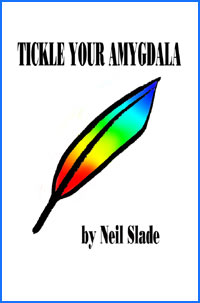SURFACE on
A GUITAR PEDAL or OTHER DEVICE
Metal, Wood, Powder Coated, Etc.
Sponsored by
|
I recently scratched up the bottom plate of one of my boutique guitar pedals- as sold, they don't put feet or a pad on it- and before I realized, from placing it on a wooden floor for a few moments, I put marks on the bottom as shown.
These aren't particularly deep grooves, and some people wouldn't mind them a bit on the bottom (like me) but others might want to repair such a surface to mint condition- and then of course, put a rubber pad or feet on the bottom so it doesn't happen again.
Of course, you may have damaged the top or side of your pedal- or any other metal object- and this would be more apparent.
I'll show you how to simply restore the pedal to new condition, in just a few minutes.
I've been doing MAJOR refinishing for decades. You can see my guitar collection, and my refinishes below:
The first thing you must take into account is the TYPE OF FINISH on the object you are going to repair. Most guitar pedals have a POWDER COAT finish- on that type of surface you can use LACQUER as I use here-- but you could also use polyurethane and accomplish the exact same end results.
The difference is that lacquer dries completely within minutes. Polyurethane must sit overnight to become really hard- so the job will take longer- because before sanding (although you only do this slightly just before the final coat)- the finish must be completely dry first.
You DO NOT want to use clear acrylic enamel for this, because it NEVER gets hard enough to sand. Just use lacquer or clear polyurethane only.
Lacquer is NOT compatible with ENAMEL finishes or over polyurethane. It will make enamel wrinkle up, and it won't stick to polyurethane. ONLY use lacquer on previously lacquered surfaces or powder coated surfaces. If you are not sure- test a small area first.
Polyurethane WILL work over enamel and polyurethane finishes. It probably will stick to lacquer if you first wet sand the surface with 600 grit lightly.
In the guitar photo above, Guitars #1, 2, 5, 8, and 10 are LACQUER. The others are polyurethane. Know what you're working with first. My pedal is powder coated- so either will work on this. Again- lacquer is MUCH faster, and what I used for this project. Polyurethane is more durable-- but a poor finish for acoustic instruments, and it takes a LONG time to dry compared to lacquer.
Bear in mind, you should put feet or a pad on a pedal bottom anyway-- and if you do that- heck, you may not even want to bother fixing the bottom finish of your pedal anyway!
Lacquer is the premier fast and durable finish for many items, it's what Martin and every premier guitar builder uses on every instrument. Before polyurethane, it's what everyone used on everything-- including show cars, and fine furniture. It's inexpensive and available everywhere- I got this can for $5 at Ace Hardware. Note, it's NOT polyurethane or enamel- It's LACQUER. I used semi-gloss here to perfectly match the finish on my Kanji, the sheen is identical. Satin would be too flat, gloss would be too shiny.
So- Black is the WORST color for showing scratches, so this is an excellent demonstration. It will work even better (if that's possible) on a lighter color like Tan, which does not show scratches as badly.
Again, here's my guitar pedal bottom, after exactly a few moments on the floor :
THE FIX:
First, lightly sand the surface with 1000 or finer grit WATERPROOF sandpaper. Get the paper slightly wet first, then dry off the surface you sanded.
Next, I sprayed on three quick coats of the semi-gloss lacquer. It dries in minutes-- seconds if you use a hairdryer. (stay at least 10 inches away however.)
That's the beauty of lacquer- extremely fast, and durable.
I sprayed three quick light coats- slightly wet, but not thick. Do not MIST it on. If you do, it won't LEVEL out smooth, and you'll get a rough texture. Don't POUR it on either. Just put on enough so it looks wet.
Lacquer will dry very quickly, and you only need a couple of minutes between coats. I used a hairdryer, and drying was nearly instantaneous.
After the third coat was dry, I then I took a piece of 2500 grit black waterproof sandpaper, $1-$2 at the hardware or paint shop and went over it quickly (it will dull- but totally flatten the surface), and sprayed one more coat of lacquer. You could use coarser grits, but don't use anything coarser than 1000 grit. Go lightly. You are just trying to gently even off the surface.
Don't sand the last coat, and let it air dry.
As you can see below - the results are 100% perfect restoration, as good as new.
I've used lacquer many times over the past 20 years, and just restored a $1000 dining room fine furniture cabinet that had far worse scratches then this- to absolutely mint new, undetectable fix.
As you can see below, the finish matches perfectly, and the scratches and surface is as good as new, and the scratches are totally gone forever.
Do this yourself, and you'll learn something, and be proud of your restorative miracle.
Of course, after fixing a pedal you MUST put feet or a pad on it anyway to keep from marring it up again, and frankly, you could put a pad on it, and you would never even know it was ever scratched anyway and not even have to refinish the bottom.
THE STUNNING RESULTS:
If you have guitar scratches- be more careful next time after you've fixed it. If you have a pedal- throw a pad on it first before using. You can stick a pad on with clear silicone glue, and it will always peel off later if you want to remove it, and you won't harm the surface.
Back to www.neilslade.com
|
|
The AMAZING BRAIN ADVENTURE's MOST POPULAR PAGES:
Your Amazing Brain Adventure is a web site all about Tickling Your Amygdala- i.e. turning on the best part of your brain as easy as clicking on a light switch. This is done as easily as imagining a feather inside of your head stimulating a compass, the amygdala. The amygdala is a set of twin organs, a part of your brain that sits right in between the most advance part of your brain- the frontal lobes and pre-frontal cortex- and the most primitive part of your brain- your "reptile brain" and brain stem. By tickling your amygdala you instantly and directly increase creativity, intelligence, pleasure, and also make possible a spontaneous natural processes known as "paranormal abilities", although such things as telepathy and ESP are really as natural as breathing, or as easy doing simple math in your head. The ability to self stimulate the amygdala by something as simple as thought has been proven in laboratory experiments, such as those conducted at Harvard University research labs, 1999-2009, and can be tracked with modern brain scanning machines such as fMRI and PET... Indeed, thought is faster than light.
Other sites of interest: EasyPaintYourCar.com is a painting site dedicated to learning how to paint a car yourself, even if you've never painted a car before. You can refinish your car to professional standards at home, better than if you take it to someone else, and enjoy doing it at a fraction of the cost of having it done in an expensive shop. You can repair dents, rust, and use the most durable real automotive paint, and even learn to apply it without any special or expensive gear, in a safe and enjoyable manner. Paint your car in your garage, car port, or even driveway. You can spray, use an HVLP gun, or even use a roller.
Easy Make A Kindle and Your Own Publishing are sites about self-publishing and writing, and how any person can publish materials, print, online, and electronic books. You can drop out of the corporate slave labor rat race and own your own life by writing and distributing your own books on the subject that you know best.
InkJetHelper.com is a web site about escaping from the ridiculous cost of ink jet printer ink refilling- and refilling your printer for pennies instead of $70 a shot. It also has useful tips about maintaining ink jet printers, especially Canon brand printers.
Julia Lu Painting is all about the creative works of Chinese painter Julia Lu, a modern master of oil and water color painting. Julia shares her creative secrets, ideas, as well as her art work.
Off-site links Neil on Lulu Car On Lulu Tribe Blogger Wordpress Cookbook Space PaintWordpress Tripod 2 Google Wands Amazon B&N Kindle Facebook Linked GooglePlus Coast2Coast Viewzone YouTube 2 Blogtalk 1 2 3 4 5 6 7 8 9 1 2 3 4 5 6 7 8 9 1 2 3 4 5 6 7 8 9 1 2 3 4 5 6 7 8 9 a b c d e f a b c e f g h i 8 7 6 5 4 3 1 2 a b c d e f g h i a b c d e f g h i j k l m n o p q r s r u v w x y |
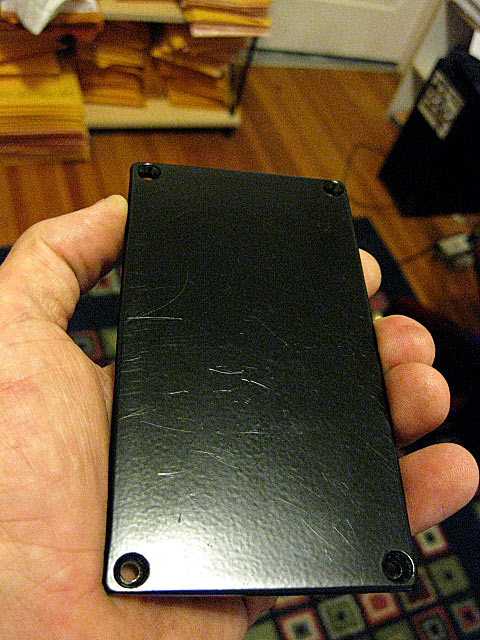
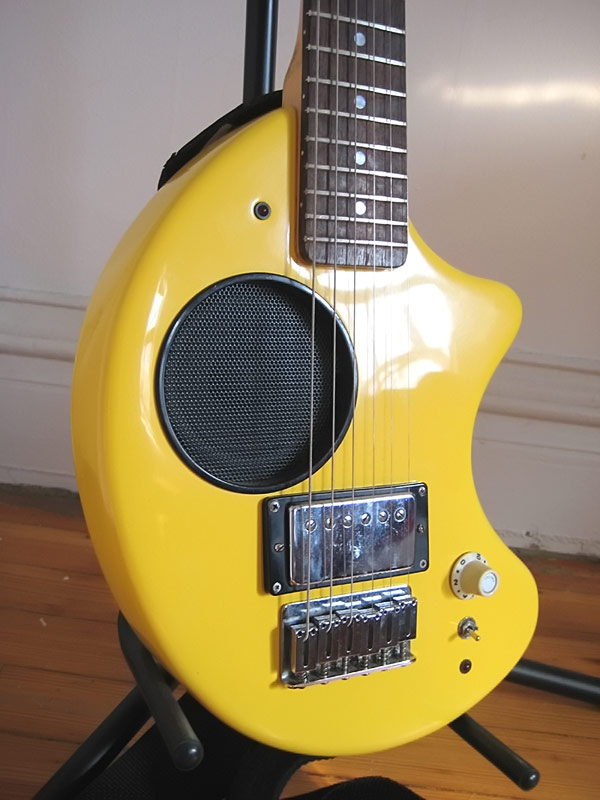
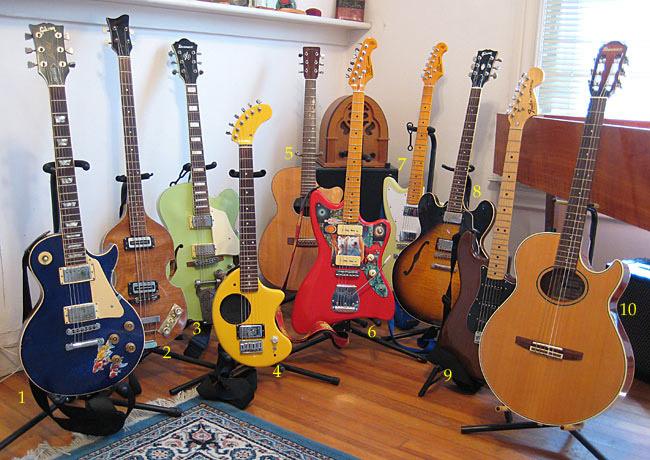
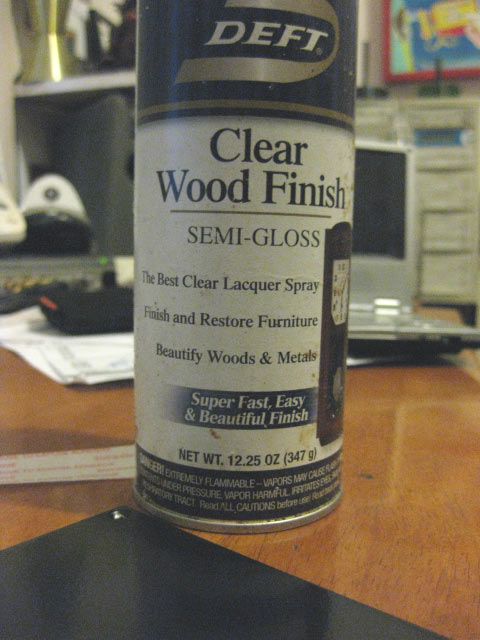
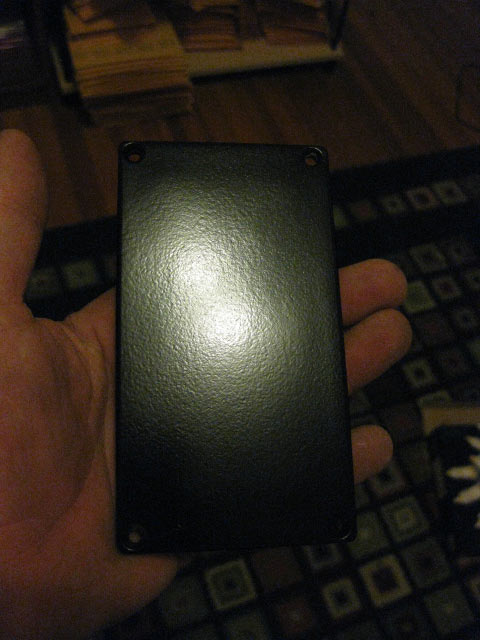
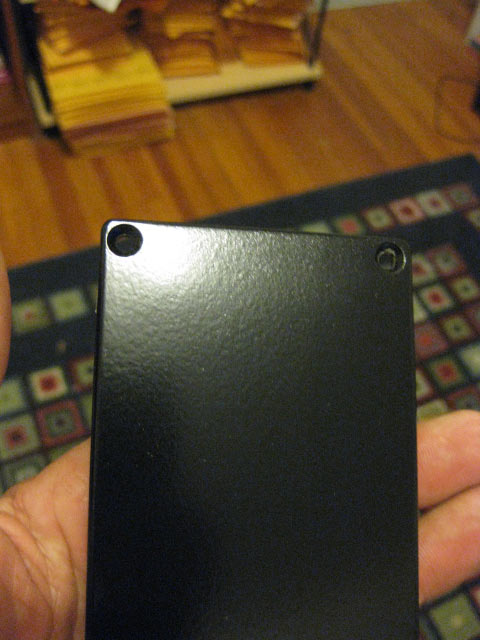
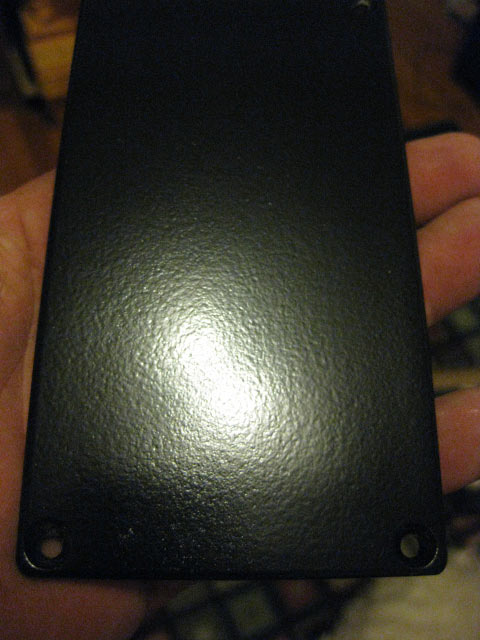
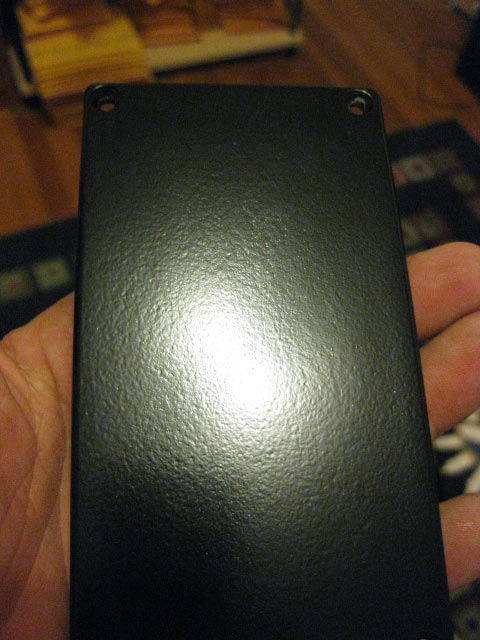
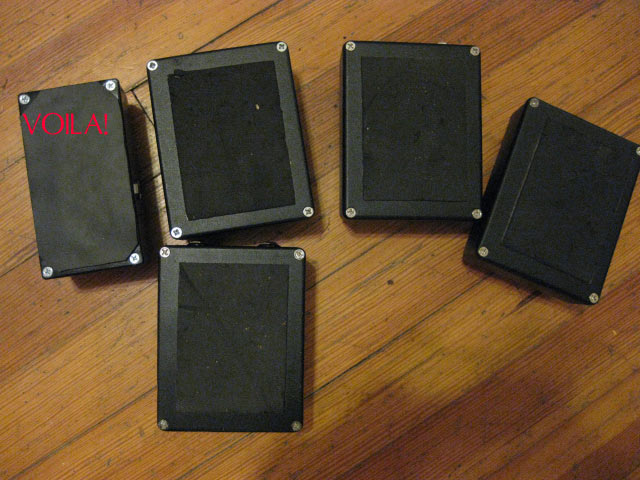
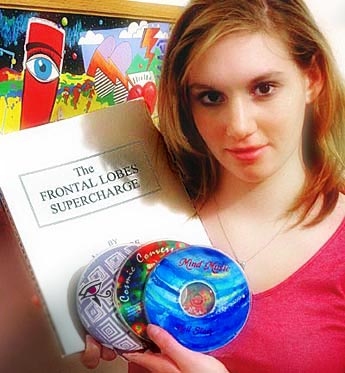 Also Visit
Also Visit 


